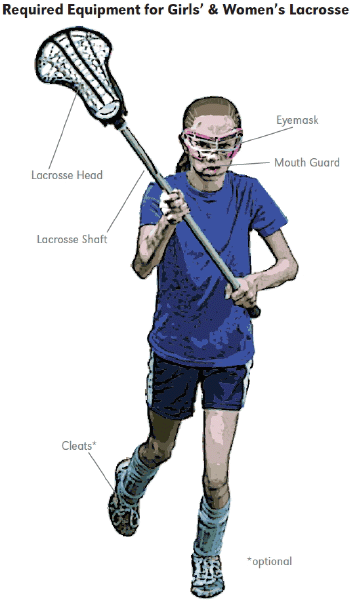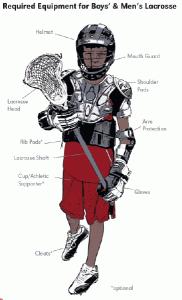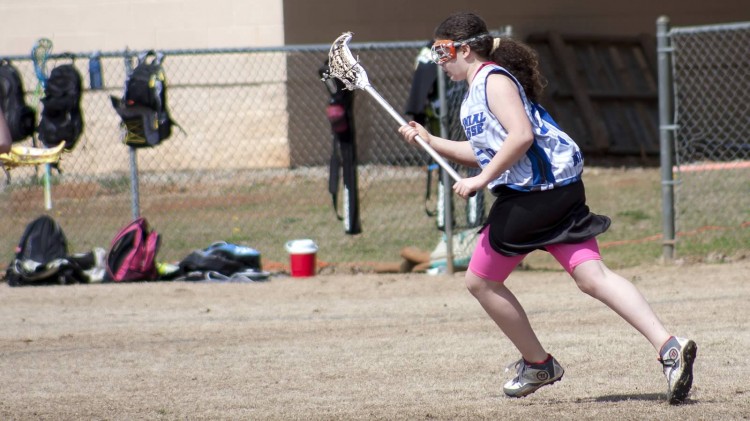 My daughter Annie has been playing lacrosse now since she was about seven, so five or six years now. When she was younger, the difference in how the boys’ teams were treated versus the girls’ teams weren’t quite as apparent, mainly because we were only dealing with one organization, one league, and no traveling or off-season conditioning.
My daughter Annie has been playing lacrosse now since she was about seven, so five or six years now. When she was younger, the difference in how the boys’ teams were treated versus the girls’ teams weren’t quite as apparent, mainly because we were only dealing with one organization, one league, and no traveling or off-season conditioning.
Flash forward to today. Annie has played for four different teams in at least two different leagues. She’s played pretty much year-round, including indoor winter lacrosse. This season, her spring league team had off-season conditioning, and she’s continuing that through the summer. We’re faced with registrations and websites and newsletters from all over the place. That’s when the differences became apparent.
As a marketing guy, the first thing I noticed was a lack of segmentation. We started getting invitations to boys’ lacrosse events as well as girls. The problem with this, beyond the obvious, is that none of them differentiate in the messaging. For example, we’ll frequently get email invitations to “a lacrosse clinic.” Many of these invitations won’t have pictures of people playing lacrosse, so you can’t tell from context if it’s boys’ or girls’ lacrosse. Invariably, if it’s one in which we’re interested, I have to call or email and ask. Before we learned that, Annie showed up for boys’ tryouts a couple times.
Almost all the teams we play on have boys’ and girls’ lacrosse teams with the same name. If you go to the team website, however, unless you dig into the navigation, you’re unlikely to know that the girls’ team even exists. The front pages feature all the boys’ achievements, but rarely the girls. The one time I can remember the girls being highlighted was one summer season when the boys’ team sucked, and the girls’ teams won a bunch of tournaments. All of a sudden the front page featured the girls’ achievements. You still had to navigate down three levels to find information about their program, but their wins were front page news. So the organizations feel free to use the girls’ achievements to highlight the program, but don’t feel it necessary to make it equal with the boys.
When Annie’s mom went to register her for summer off-season conditioning, she found a boys’ conditioning program, but not a comparable one for the girls.
Even the rules of the game are misogynist. The girls are treated like delicate flowers who can’t handle physicality. Just take a look at the difference in safety gear. The girls wear barely anything, while the boys dress out like football or hockey players. Why? It’s easy to see if you watch a boys’ game versus a girls’ game. The boys’ game looks like a street fight. The girls’ game is a finesse game. Now it’s arguable that the girls’ game requires more skills, but there are also ridiculous rules designed to keep the girls safe that make the game less interesting. I can’t tell you how many coaches I’ve heard complain about the “shooting space” rule. How about we all play by the same rules?


